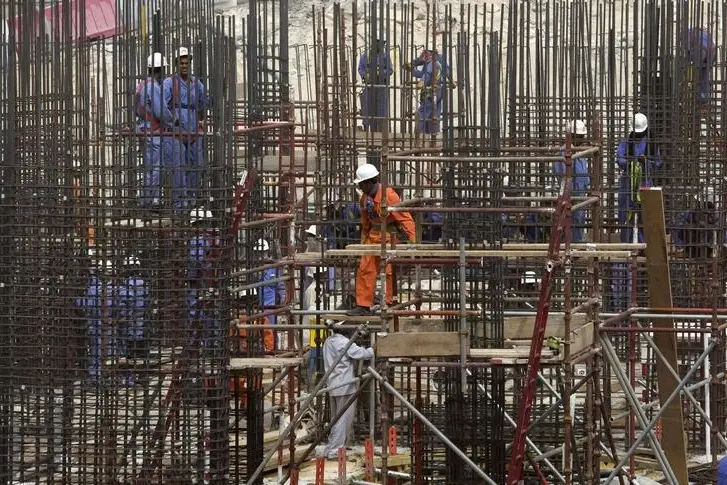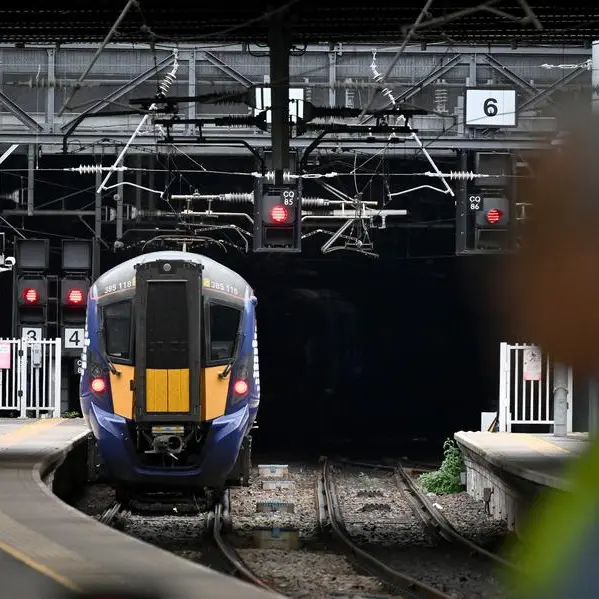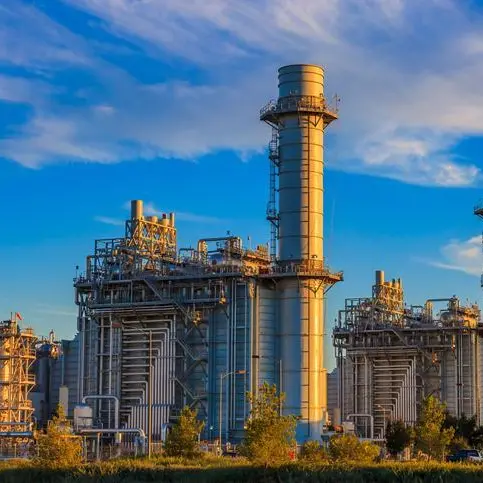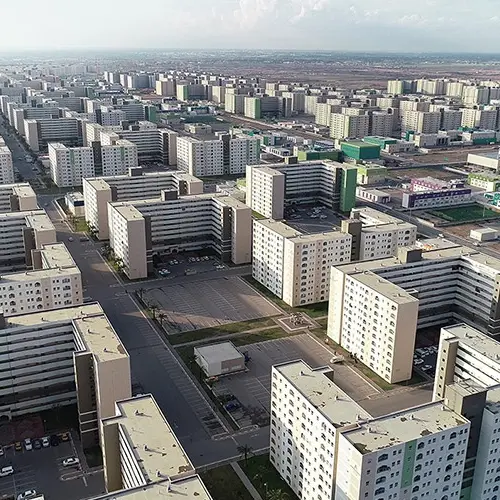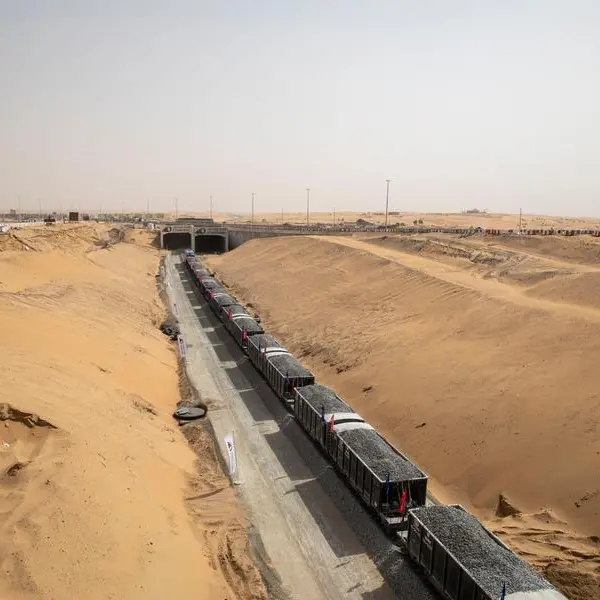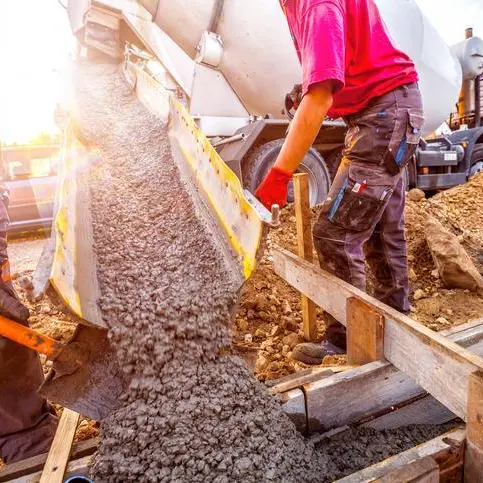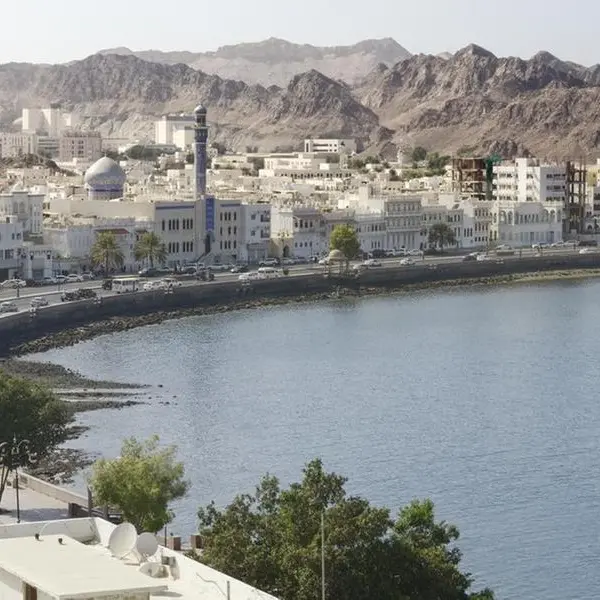PHOTO
Battered by the COVID-19 pandemic on the back of low oil prices, the Middle East’s struggling construction projects market is expected to turn the corner in 2021, with contract awards expected to pick up in the next two quarters, according to an expert panel.
The panel, hosted virtually by project database firm Ventures Onsite, comprised of George Arvanitis, Design Director, RMJM; Jason Langer, Managing Director (MENA), Robert Bird Group (RBG), and Scott Coombes, Managing Partner, AESG. Key themes discussed included the impact of budget cuts on the design and tender process, unsustainable bids for the low volume of construction work, and project delays or cancellations due to a steep increase in raw material costs.
According to Coombes, design, and engineering consultancy companies are seeing a pickup in project activity in the region.
“We are up about 40 percent in terms of headcount in 2021 and up 35 percent in revenue terms. We are on a growth trajectory on the back of geographic expansion, growth in capabilities, and acquisitions,” he said.
He added that half of AESG’s Middle East revenues come from Saudi Arabia, 40-45 percent from the UAE, with the remaining spread across Oman, Qatar, Bahrain, and more recently Egypt.
Robert Bird’s Langer said the industry had hit bottom in new projects late last year before seeing a gradual increase in 2021.
Currently, he said, “50 percent of our project workload is in Saudi Arabia, and the UAE, [where] the vast majority of the projects are in Abu Dhabi and some in Oman.”
While the tendering process has been impacted, RMJM’s Arvanitis said in the last three months, his firm has seen projects that were stalled or in a standstill mode start work. In addition, he noted RMJM has been studying new projects and new opportunities in Kuwait, Libya, and Iraq and has started hiring again.
Budget cuts delay tenders
Langer said during the pandemic, many projects in the design stage went back to the drawing board due to budget constraints, which delayed the tendering process.
“About 30-40 percent of the projects we worked on last year… their concept design and schematic design are being redone based on new client budgets and expectations. This has delayed tenders going out for construction by six to nine months,” he said.
Coombes agreed that design-to-budget is the norm for clients. “This requires the cost consultant to be more heavily involved in the design process… both on the architect and the engineering side,” he said.
Raw material costs shoot up
The increasing raw material costs have put budgets under pressure, said Langer. “We are watching projects being stalled or cancelled purely based on steel prices alignment. In addition, reinforcement bars cost has gone up 40 percent this year while contractors who signed contracts before the beginning of this year have fixed-price contracts to deliver,” he said.
The pursuit of better rationalisation of material used in the design, reducing wastage, and finding more efficient ways to build structures without compromising strength has been driving a reduction in material use and better efficiency, said Coombes.
“Parametrics have become more and more commonplace in the engineering office,” he added.
The AESG executive pointed out that in the Middle East, currently, there is more design work than construction work; hence, competition for the limited volume of construction work is driving down construction contract prices.
Trending – Net Zero and Repurposing
Coombes revealed that Net Zero is trending in 2021. “Converting existing assets to Net Zero is an area where we are definitely seeing a lot of growth and inquiries coming through,” he said.
Langer added that the challenge with net-zero is “to make concrete out of your building or use earth-friendly concrete…..which exists, but we still haven’t come to the right point of knowing how best to incorporate those into projects.”
He said the pandemic had led to a drop in demand for commercial and retail assets, which has opened up a new repurposing market.
“We are already engaged with clients globally and in the Middle East to take up poor-performing commercial and retail assets and work out how can they be used for something that can generate income and can be valuable. So we are expecting to see and are already seeing office to retail conversions, office to storage conversions and …[lately] office to data centre conversions,” he said.
“There is massive potential as sometimes even 15-year old buildings need some degree of retrofit and refurbishment,” agreed Coombes.
Moving away from concrete to steel improves the building’s versatility and recyclability.
“The value in the raw materials could be higher than the building itself, and it may be brought simply for the ability to repurpose them,” he noted.
RMJM’s Arvanitis said the hospitality mix has to be retooled to cater more to domestic tourists.
Future opportunities
Coombes said future opportunities lie in building for the domestic population and less of ultra-luxury projects. He said he expects a shift to small villa residential development in Dubai as “there is demand there compared to staying in a high-rise residential tower,” and greater momentum in the Public-Private Partnership (PPP) space in both Saudi Arabia and the UAE.
Langer said opportunities exist in the affordable and mid-range of the market. “We are expecting investors who have accumulated money through the pandemic to start investing once they get the right product….. that will start through the backend of this year,” he said.
Langer also pointed out that several industrial precincts at the master-plan stage could go into the design over the next 12-18 months, followed by 12-18 months of infrastructure development. “In 2-3 years, huge amounts of industrial plots will be available for development,” he said.
(Reporting by Sowmya Sundar; Editing by Anoop Menon)
Disclaimer: This article is provided for informational purposes only. The content does not provide tax, legal or investment advice or opinion regarding the suitability, value or profitability of any particular security, portfolio or investment strategy. Read our full disclaimer policy here.
© ZAWYA 2021
